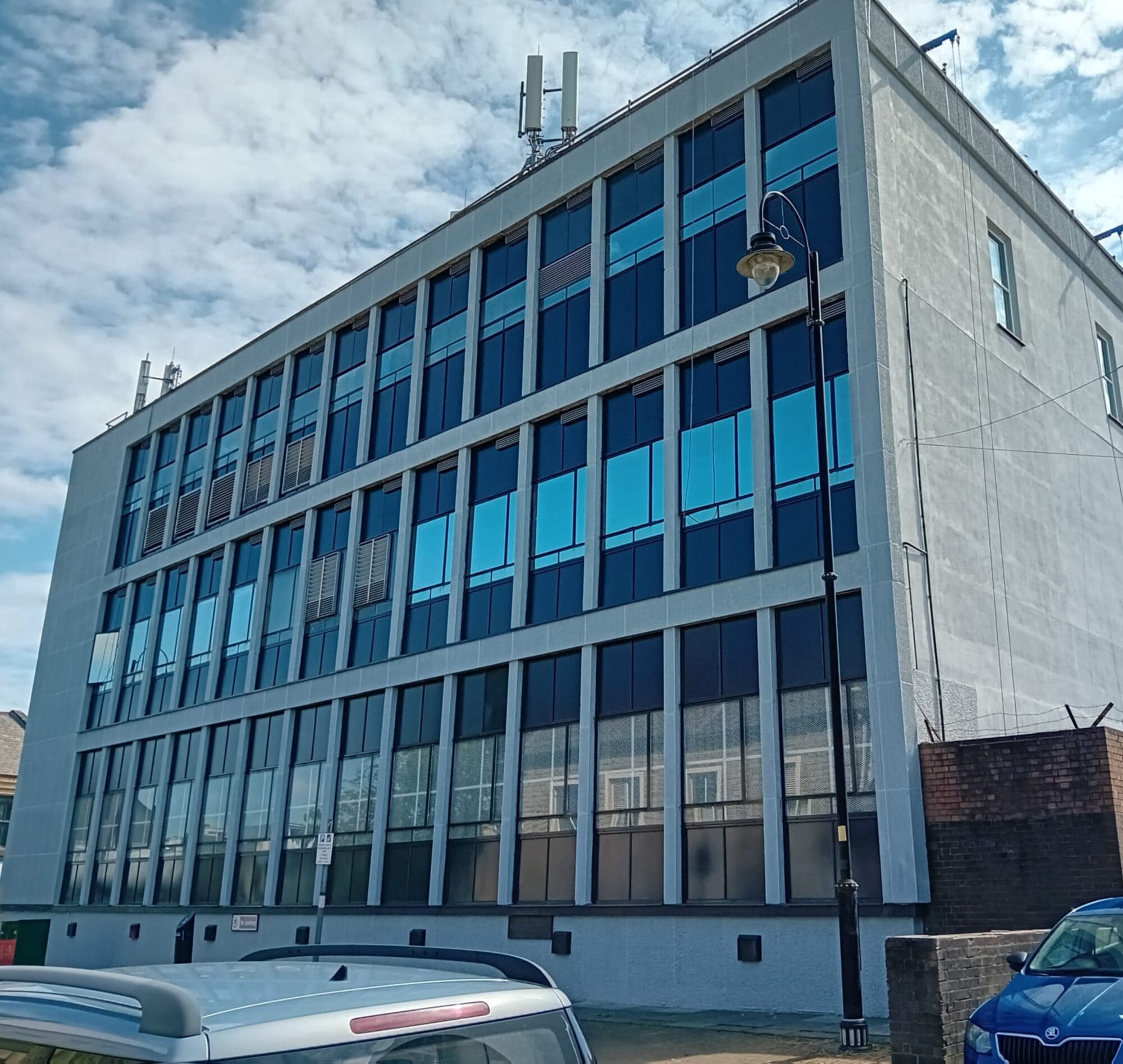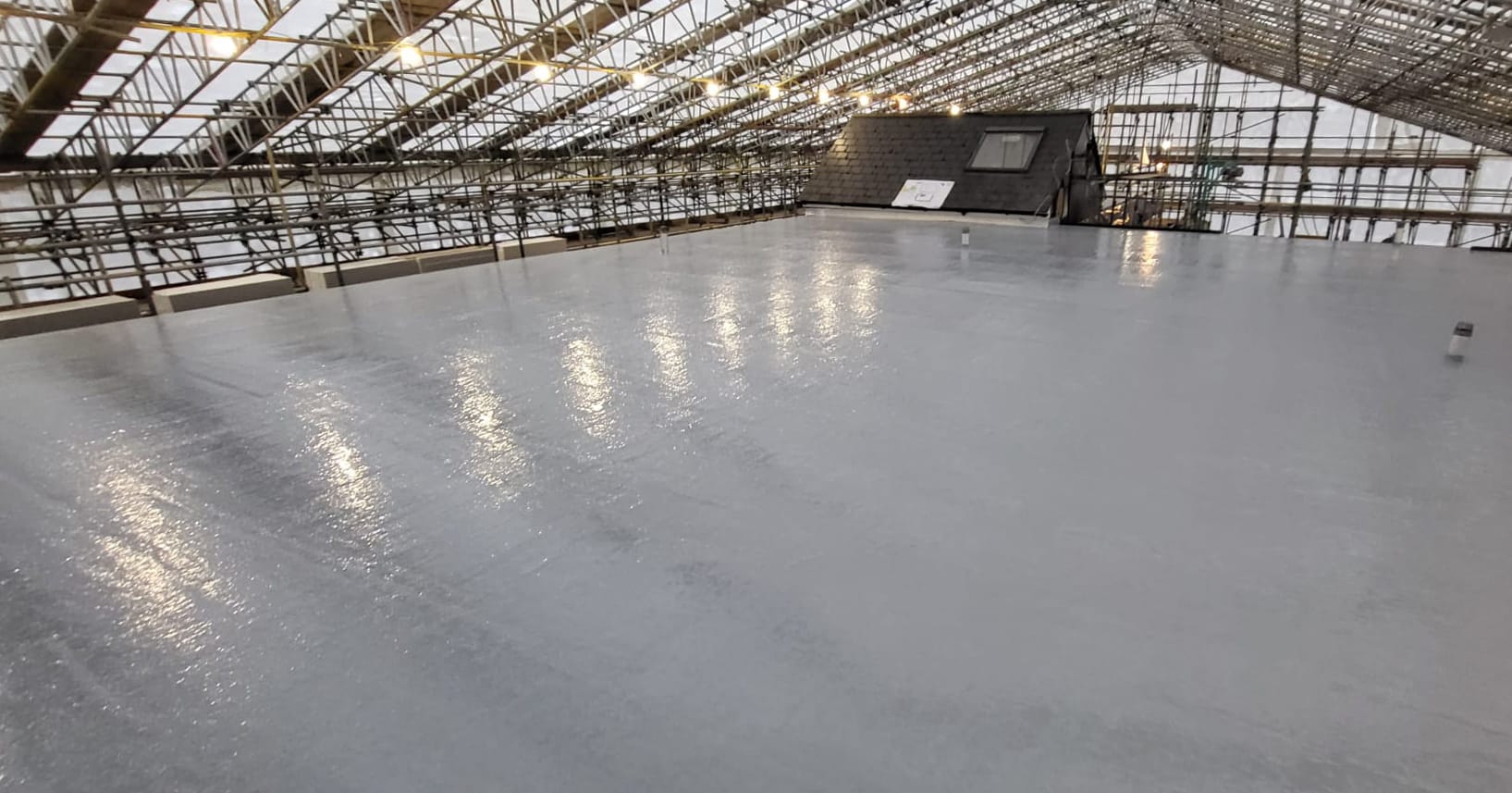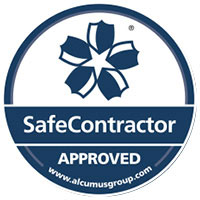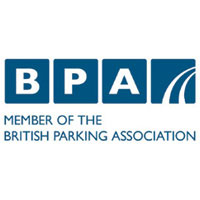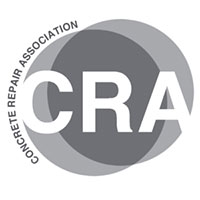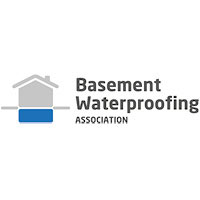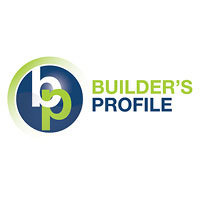Fast-Drying Screeds
Fast drying screed additives are used to reduce the drying time of cementitious levelling screeds and fine concretes from months to days to allow the early laying and installation of impervious and moisture sensitive floor coverings.
Fast drying screed additives are used to reduce the drying time of cementitious levelling screeds and fine concretes from months to days to allow the early laying and installation of impervious and moisture sensitive floor coverings. Screed additives will allow 8 days, 4 days, and 1 day overlays. This reduction in drying time, equates to savings in both time and labour.
An example of a 8 Day Overlay screed at 50mm will additive will reach RH < 80% after 3 days and 75% after 8 days and a 28 day compressive strength in excess of 40N/mm.
Uses
Fast drying for bonded, unbounded, and floating screeds Minimum screed depth 35mm Can be laid onto pre-cast planks Fast-track projects where access is required soon after installation New construction and refurbishment including high traffic areas Suitable for commercial, hospital, retail and domestic use
Benefits
- Facilitates earlier installation of floor coverings
Protein free
Accommodates under floor heating systems and insulation
Can be pumped from mixer to the point of application
Can receive traffic from following trades after 24 hours
Meets the requirements of Category A (Very Heavy Traffic) of BRE
Drop Hammer Test in accordance
Embedded Conduits and Pipes
When laying conduits or pipes within screeds the conduit or pipe should be a minimum of 25mm beneath the top surface. It is advisable to incorporate reinforcing mesh,ideally in the middle third of the screed over the conduit or pipe,extending for not less than 150mm each side to minimise the risk of cracking.
Joints
Construction joints and expansion in the substrate must be expressed through into the screed.
When laying on suspended floors movement joints should be installed in the screed over support positions to accommodate movement. Isolation joints should be installed around the perimeter of the floor and around columns, manholes and fixed spaces to accommodate movement.
Curing
Curing must commence as soon as possible after finishing the screed. Cure the screed with tight fitting polythene, placed on to the screed as early as possible without damaging the surface. Cover for 24 hours then remove and air cure.
Laying on to Precast Planks
When laying a screed on to precast planks the screed should ideally be laid unbonded with a separating membrane. If the screed cannot be laid thick enough to be unbonded, the planks should be textured, clean and laitance free, and the screed bonded with a suitable bonding agent.Reinforcing the screed with a suitable mesh (e.g. D49 mesh placed in the middle third of the screed) may be appropriate for particular types of suspended floor design.


